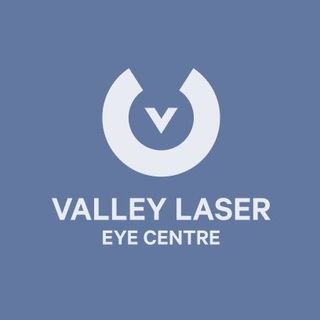At its most severe, cataracts show up as a cloud-like formation on your eye’s usually clear lens. This can make daily activities, such as driving, reading, or even recognizing another person’s face incredibly difficult. Although people above 40-years old are at most risk, certain medical conditions can make it possible for even younger people to develop the condition.
The same report also states that despite its prevalence, over half of Canadians do not understand the condition completely, with 59% being unaware of any treatment options, such as cataract surgery.
As your local ophthalmology centre in Abbotsford, we believe in educating people about conditions that may affect them. Take note, however, that this blog post does not replace medical advice and should not be implemented prior to consulting a fully certified medical professional.
Here are the top four facts about cataracts that everybody should know.
1. The Symptoms
The most telling sign of a person suffering from cataracts is the cloudy appearance of their normally clear eyes. This causes blurry vision, decreased ability to perceive colours, increased sensitivity to glare, and seeing halos while looking at light sources. While not immediately obvious, a developing cataract could also be causing you to need frequent adjustments to your prescription glasses.
Most cataracts develop slowly over time and won’t disturb your vision at first. This means that cataracts could be imperceptible at the onset—up until they show up physically after a few years!
2. The Causes and Risk Factors
Cataracts are caused by the overgrowth and clumping of proteins inside your eye’s lens. The condition usually develops with age and is most commonly seen with individuals over the age of 40. That being said, younger people below the age of 20 or even newborn infants have been documented to develop cataracts as well.
The most common causes and risk factors of cataracts, excluding age, are as follows:
- Smoking
- History of alcoholism
- Excessive exposure to ultraviolet radiation
- Long-term use of steroidal medication
- Diabetes
- High blood pressure
- Family history of cataracts
- Previous eye injuries
- Radiation therapy
3. The Types of Cataracts
There are many documented types of cataracts. They are classified according to the location and manner of their growth in your eye.
- Radiation Cataracts start developing in the centre of your eye’s lens and cause it to become yellow or brown.
- Cortical Cataracts are wedge-shaped and start developing around the outer edges of the nucleus.
- Posterior Capsular Cataracts begin growing from the back of the lens.
- Congenital Cataracts affect newborn infants, usually due to a genetic condition, like Down syndrome, or is simply an inherited trait from parents. Congenital cataracts can also develop if the mother was infected with rubella or chickenpox during pregnancy.
- Secondary Cataracts occur because of diseases like Glaucoma and Diabetes, or as a side effect of certain medications.
- Traumatic Cataracts appear because of a previous eye injury.
- Radiation Cataracts can form after undergoing radiation therapy for cancer treatment.
4. The Treatment Options
At the time of this writing, there is no non-surgical treatment for cataracts. Cataract surgeries involve replacing the affected lens of your eye with an artificial lens. Because the procedure is very common and generally safe, the surgery is usually conducted by an ophthalmologist on an outpatient basis.
Conclusion
Even if an eye doctor were to diagnose you with cataracts, you might not need surgery until a few years later, when the growth is sufficient to affect your quality of life sufficiently. In cases like this, it’s best to trust the judgment of your ophthalmologist.
Valley Laser Eye Centre is home to the best ophthalmologists in Abbotsford, British Columbia. We specialize in treating eye conditions like cataracts, extreme myopia, and hyperopia, among others. Get in touch with us and book a consultation today!





